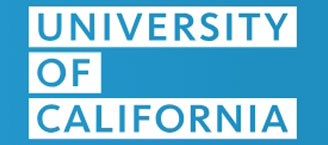As a representative of the development direction of the new generation of antibody technology, antibody drug conjugates (ADCs) have high specificity of antibodies and high toxicity of cytotoxic drugs to tumors. Cytotoxic Agents play an anti-tumor role in ADCs, which can affect the expected efficacy of target tumors. Its chemical structure, coupling mode and coupling number also affect the biological activity of the antibody. In theory, cytotoxic substances such as chemotherapeutic drugs, toxins and radionuclides that have great killing effects on tumor cells can be used as cytotoxic molecules of ADCs.
Comprehensive one-stop antibody-drug conjugate service platform
Large Stock
More than 1000+ high-purity products in inventory

Global Delivery
Warehouses in multiple cities to ensure fast delivery

mg to kg
Qualified facilities & equipment of cGMP laboratory

24/7 Technical Support
Strict process parameter control to ensure product quality

The choice of cytotoxins is crucial for ADCs. The cytotoxin used for coupling must have clear mechanism of action, small molecular weight, high activity, and no immunogenicity, and they can still retain anti-tumor activity after chemically coupled to the antibody. At present, the mechanism of anticancer drugs used in clinic is mostly to interfere with or block the proliferation of cells. According to the mechanism, it can be roughly divided into four categories.
The selection of cytotoxic is very wide. In principle, compounds with high enough inhibitory activity against tumor cells can be used as coupling drugs. At present, the most cytotoxic used in ADCs are Auristatins, Maytansine and Calicheamicins. Majority of clinical research involving ADCs projects use tubulin inhibitors, and both subtoxoids have approved products on the market (Adcetris uses oristatin MMAE and Kadcyla uses maytansinoid DM1). Among them, Auristatin is dominating the market, accounting for more than 50% of ADC drugs under investigation.
References
From cytotoxin synthesis to linker design, discover our specialized services that complement your ADC projects.
Find exactly what your project needs from our expanded range of ADCs, offering flexible options to fit your timelines and goals.










